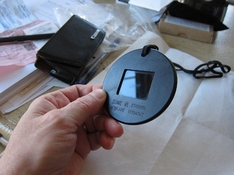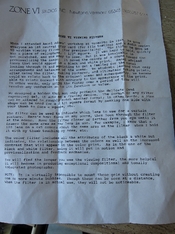Pieter12
Member
I'm not sure where you get that price from. Maybe a whole camera? The viewfinder is listed at 1820 euros, expensive as all new Linhof equipment is. But they come up on auction sites and used equipment dealers quite often. If you don't buy the newest one (and it is certainly not necessary), they can be more reasonably priced--in the $150-300 range.At only $3.5K this is a gadget every film photographer should have in their pocket.








